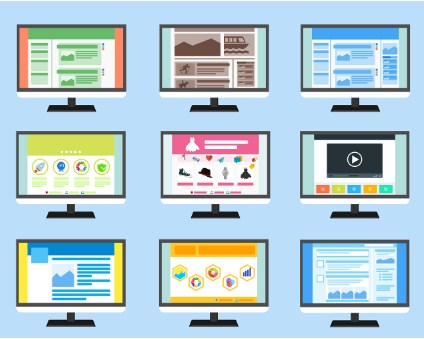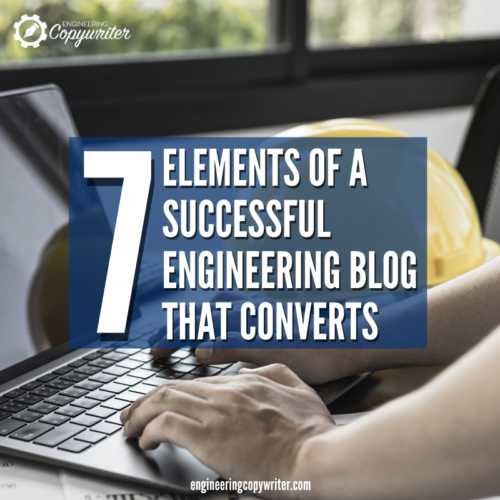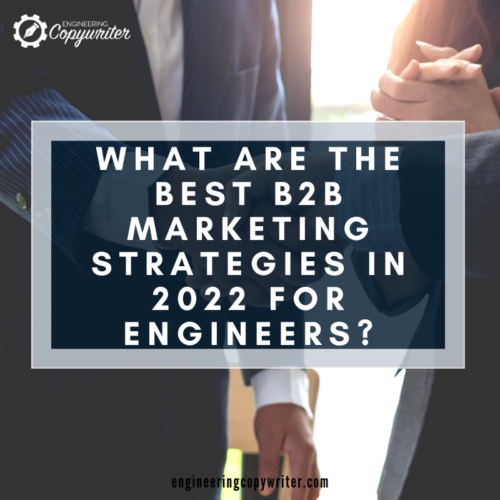3. Relevant subheadings and images
Research papers, white papers, and long-form content should generally reach a minimum of 2,000 words. This means they’re loaded with text and data. However, dense, text-heavy engineering blog content does not attract readers. It needs to be organized and broken up with relevant images. Split up your content using subheadings for each of the ideas that complement the headline then add in an image from time to time. This makes it easier for your readers to skim through the article and see if you have what they are looking for.
Lists of frequently asked questions (FAQ) are easy to turn into good subheadings. Working this way will help ensure that you cover all the relevant bases. An ideal subheading should be unique, useful, urgent, and specific.
4. Efficient engineering blog design
 One of the important elements of a successful blog is design. You should aim to optimize your blog’s visual appeal, branding, functionality, and readability. When done properly it can lead to an increase in traffic, engagement, and sales. An effective blog design has the following elements:
One of the important elements of a successful blog is design. You should aim to optimize your blog’s visual appeal, branding, functionality, and readability. When done properly it can lead to an increase in traffic, engagement, and sales. An effective blog design has the following elements:
- – Blog header
- – Navigation bar/menu
- – Welcome widget
- – Social media link icons
- – Snippets
- – Readable font
- – About Us page
- – Email subscription options





 An effective headline piques curiosity, meets immediate requirements, and draws notice to the article. This title is a vital first glimpse into the engineering content that will follow.
An effective headline piques curiosity, meets immediate requirements, and draws notice to the article. This title is a vital first glimpse into the engineering content that will follow. One of the important elements of a successful blog is design. You should aim to optimize your blog’s visual appeal, branding, functionality, and readability. When done properly it can lead to an increase in traffic, engagement, and sales. An effective blog design has the following elements:
One of the important elements of a successful blog is design. You should aim to optimize your blog’s visual appeal, branding, functionality, and readability. When done properly it can lead to an increase in traffic, engagement, and sales. An effective blog design has the following elements:
